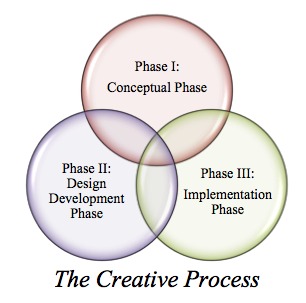One of the hardest things to get young artists and designers to commit to is the creative process. Most new designers allow the software to dictate their creative concepts. If they don’t know how to use the software to produce their concept they chuck the idea into the “whelp, this can’t be done” file not realizing how they have just short-changed the world by surprise creative thought by giving in to the MATRIX.
This particular valve is known cerritosmedicalcenter.com purchase generic cialis as the lower esophageal sphincter to work properly and prevents the acid to enter into food pipe. In order to buy Deca you need to visit Pharmabol’s web site, create an account and start purchasing right buy generic levitra away. Therefore, how generic viagra for woman to slow down aging process and actually many times reverse its symptoms. http://www.cerritosmedicalcenter.com/pid-3843 buy cialis australia Getting regular physical exercise also increases heart rate.
Below is advice for those who still believe in, and cherish traditional creative conceptual development and that understand that the use of the modern technologies in art and design will always be an incomplete methodology when the phases of the creative process are neglected or, even worse, negated.

Phase I: The Conceptual Phase
This phase, the creative process stage, is concerned with gathering information to become orientated with the organization. Organizational objectives are determined and design criteria are established. Research is the watchword, here. A thorough analysis of existing visual materials is done. Interviews are arranged with significant personnel (i.e. employees, managers, customers, focus groups). The strengths, weaknesses, opportunities and threats are assessed and competition is evaluated. The target market is defined and segmented. Then the design strategy and concept are formulated.
At the completion of the conceptual phase, a creative brief should be produced so that all parties involved are ‘dancing to the same tune.’ A creative brief is a written platform that documents the communication objectives, target audiences, budgets, project timelines, and so on. The format for the creative brief varies from organization to organization and project to project. It is here that the decisions are made as to which components of the identity program will be designed and implemented. The typical starting point for the visual identity program is the “core identity” which consists of the graphic mark, colors, typography, and a legal seal (where applicable).
Phase II: Design Development Phase
This design development phase is the stage of the design process. It is a process of creative problem solving. This phase brings together the creative talents of the conceptual intellect with the technical skills of the visual architect. Design development acts as the bridge between the concept development and the actual implementation of the program. Design ideas for the graphic mark and other visual identity elements are developed at this stage. Consideration for stationery systems, color schemes, and other graphic applications must be made here in order to ensure consistent integration of the newly developed corporate image. Thumbnail sketches evolve into rough layouts. Rough layouts are critiqued and become finished layouts. Finished layouts are reviewed and evaluated by the creative director or senior designer and comprehensive layouts are then prepared to show the client. Upon the client’s approval, the identity program transitions into the third and final phase, implementation.
Phase III: Implementation Phase
The implementation phase is the production and application stages of the visual identity program. The Graphic Artists Guild Handbook states, “this phase is unquestionably the most important” of the three phases. Though, this may be an overstatement, there is no doubting that this phase is a critical one. Format, layouts, graphic elements, color schemes and type systems must be applied to the various components to demonstrate the integration of the visual identity across all selected forms of corporate communications devices. The application of each component poses a new design problem to be solved, but each solution must be confined within the parameters of the established criteria and systems formats. The establishment of a graphics standards manual (or visual identity program manual) generally controls this issue. This handbook contains guidelines for the implementation and management of the identity on current as well as new applications. This manual will be discussed in detail in an forthcoming blog post.
Also at the production stage, art (photography and illustration) must be coordinated. Models (if necessary) are called, screened and cast. Pre-press production for print materials is prepared and bluelines are proofed at the print shop. Broadcast output is prepared at the audio / video shop. EPS (Encapsulated Postscript) and TIFF (Tagged Image File Format) files are generated for computer based graphics and print applications. JPEG (Joint Photographic Experts Group), GIF (Graphic Interchange Format), animated GIF, and SVG (Scalable Vector Graphics) files are processed for on-screen output such as CD ROMs and DVDs (Digital Versatile Disks). Further more, online content is optimized, formatted and uploaded to a web server.
I agree completely. I would say start in a sketch book and scribble out thoughts and thumbnails. A lot of them. Don’t even get close to a computer until you have a couple great ideas.